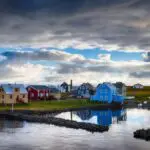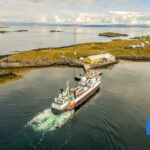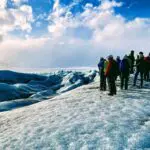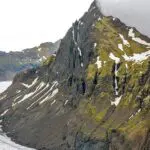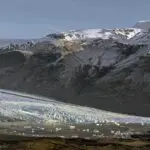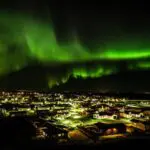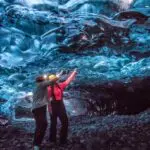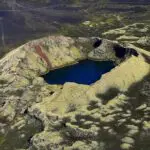The Yule Party Month ýlir is the second winter month of the Old Icelandic Calendar. It starts on a Monday sometime between November 20th and 27th. In Snorra-Edda, ýlir is called frermánuður or freezing month.
Nordic and Northern European people used the Norse calendar until Christianity took over. However, Icelanders kept using their calendar version, especially the names of the months, until the 18th century. Icelanders still use a few month names, especially þorri, góa, and harpa. The first days of those months are the husband’s day, the woman’s day, and the first day of summer, respectively.
You can read all about the calendar here. Then we have posts about individual months:
What does ýlir mean?
It is not entirely known what ýlir means. The oldest name source is from the so-called Bókarbót from the 12th century, preserved in a manuscript from around 1220. However, it can also be found in poems that are believed to be a few centuries older, but it has been difficult to determine the age.
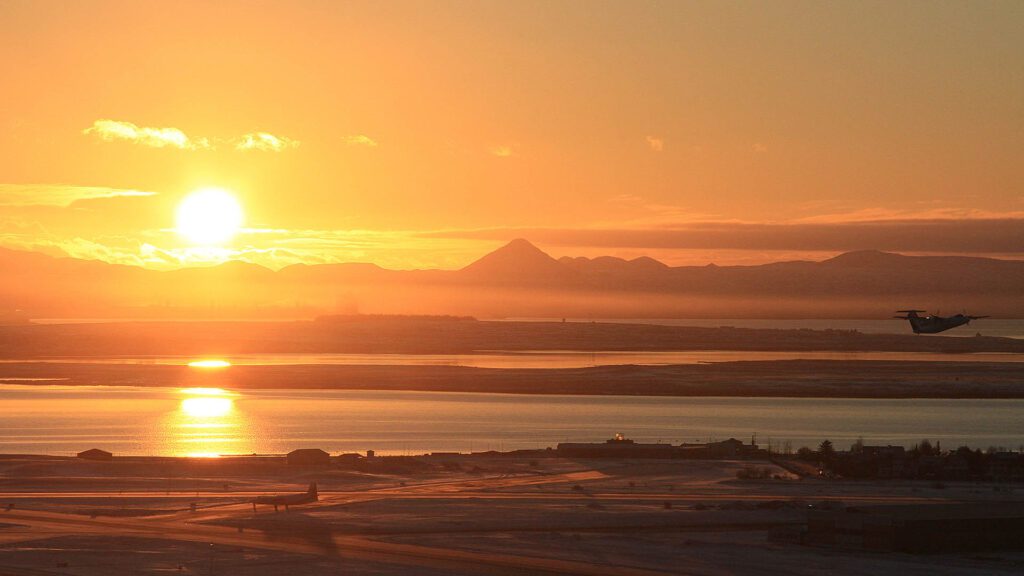
Some believe the word ýlir is related to jól (Yule), but that’s disputed. In 8th century Old English, there were the forms gehhol, gehhal, géol meaning ‘Christmas festival’ and géola ‘Christmas month.’ In 4th century Gothic, an ancient East Germanic language, fruma-jiuleis was the name for November and jiuleis for December. In Old English, ærra géola was the name for December, but æfterra géola was for January, that is, before and after Christmas.
It is thus possible that Northern Europeans have celebrated jól or something with a similar name during midwinter for 2000 years or longer. To determine precisely when people celebrated jól, is impossible because Northern Europeans didn’t have a calendar and judged the seasons by the sun and moon. It is most likely that Yule was celebrated at the next full moon after the winter solstice and thus varied between years like Easter does today.
Was the Yule Celebration Connected to Æsir Religion?
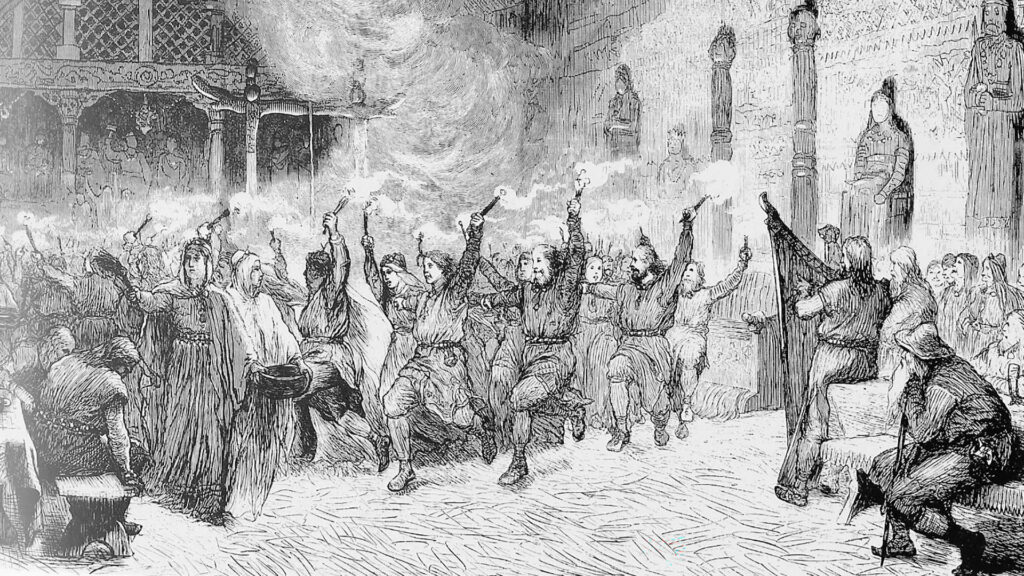
It is likely that the majority of settlers in Iceland in the 9th century had been pagan and believed in the Æsir. On the other hand, it is not likely that there was any structured religious system as there is in the Christian faith. Settlers came from all over, from northernmost Norway to the Hebrides islands and Ireland.
Genealogical research has shown that most female settlers were of Celtic origin. Many of them could have been baptized into Christianity even if their husbands and masters were pagans and primarily Nordic.
Some settlers must have practiced some religion, even if others just believed in themselves. But no sources indicate that all Nordic men practiced the same religion or in the same way. There was no religious center like the Pope in Rome, for example. At least as far as we know. Therefore, it is uncertain that the pagan religion depicted in Snorra-Edda had been practiced in a large area. It could just as well have been practiced in a very small area.
In Snorra-Edda, Óðinn is said to be the mightiest and most important god. However, in older sources, he’s scarcely mentioned, and placenames show that Þór, Freyr, Freyja, and Njörður were more popular. It is worth noting that Freyr, Freyja, and Njörður aren’t even Æsir but Vanir, which were different kinds of gods. Fewer stories about them have been preserved.
Snorra-Edda is a textbook in fiction, and stories that its author knew about ancient gods had the role of explaining names and theories in an old poetic language. The author only included the myths that were suitable for that. The book was not intended initially as Norse mythology. In the 19th and 20th centuries, it became the source for scholars who tried to create such mythology.
Yule Was Basically a Huge Party
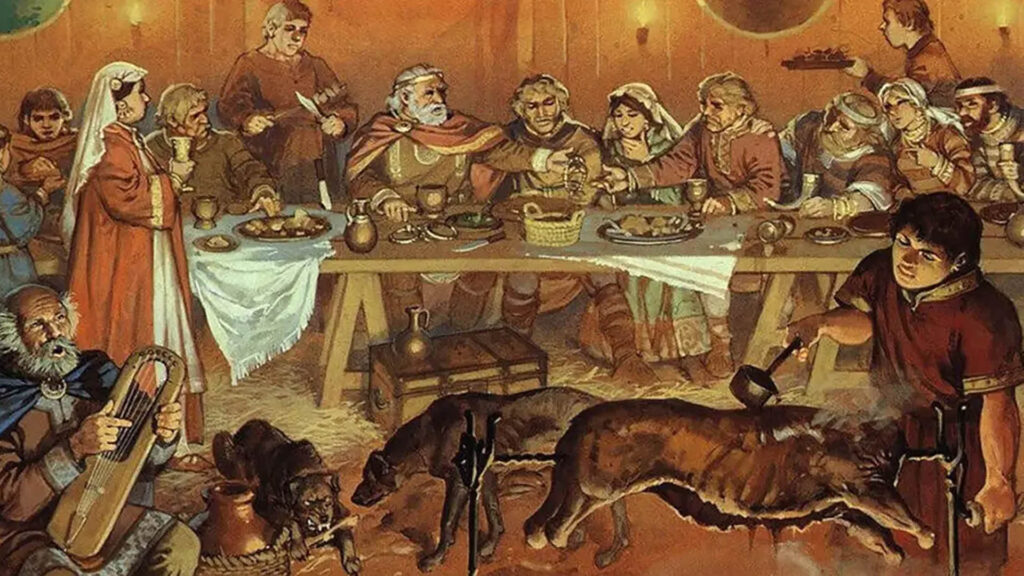
However, despite differences in practiced religion, the midwinter festival Yule was celebrated. Its purpose was probably to have a good time and be merry. Sources indicate that farmers held Yule parties and invited family, neighbors, and other friends. They probably mostly ate meat, and there was a pretty good selection. In the settlement era, people had cattle, pigs, goats, and poultry in much greater quantities than in later centuries, as well as horse meat. For the first few centuries of settlement, the climate was still good enough for people to grow corn for beer.
Big farmers seem to have had the ambition to hold festive Yule parties. They brewed Yule ale, prepared their longhouses as best as possible, and invited many people to the celebration.
In Víga-Glúm’s Saga, it is said that farmer Ingjaldur on Þverá in Eyjafjörður planned to hold a large Yule party. He allowed a foreign merchant to stay for the winter but would not accept any of his goods until he was offered a beautiful dinner service for the feast. He couldn’t say no to that!
Eiríkur the Red and the Yule Problems
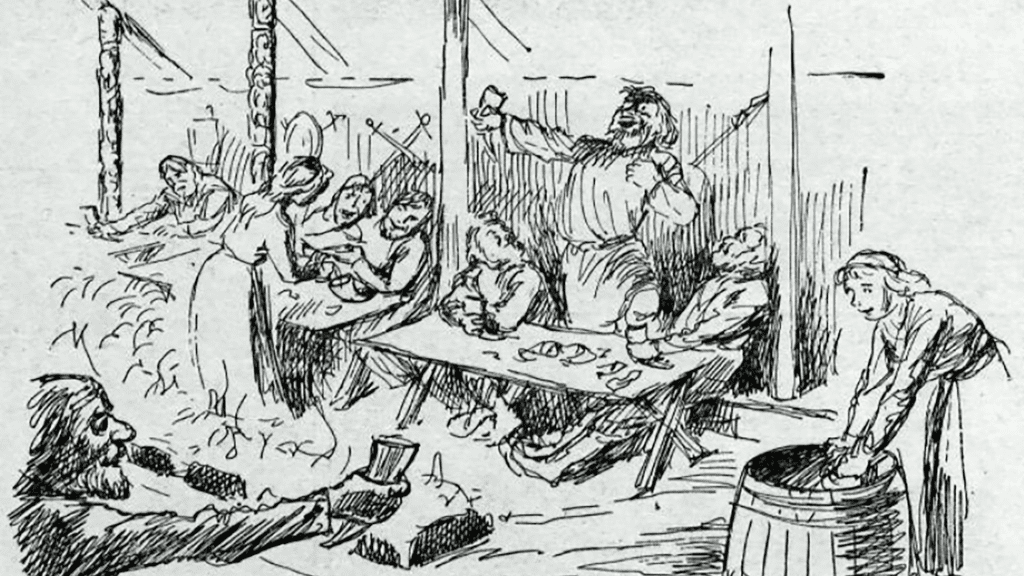
The same seems to apply to those who moved to Greenland. Eiríkur the Red became very reserved in Greenland when Yuletide approached. He feared that he would be unable to treat his guests well enough at Yule. One of the bigger worries was that stories of Eirkur being unable to celebrate Yule properly would spread to other countries. However, he was lucky, and his guests had both malt and grain for brewing on their ship.
It seems it was considered promising to make friends with people and get into their good graces, and thus be invited to their Yule party. The parties seem to have played a role, like free trips and cocktail parties nowadays.
And finally, it is worth mentioning that everyone in the household participated in the celebration. And no one was left behind.
Please signup HERE for our newsletter for more fun facts and information about Iceland!

